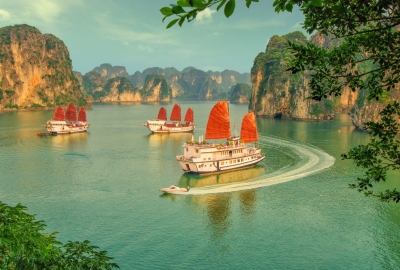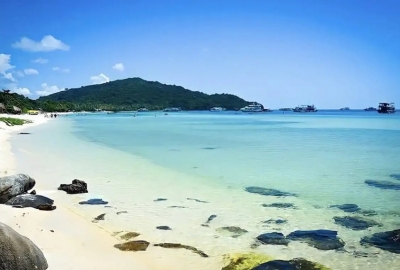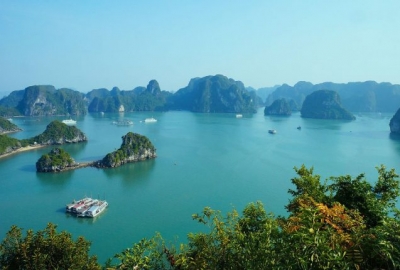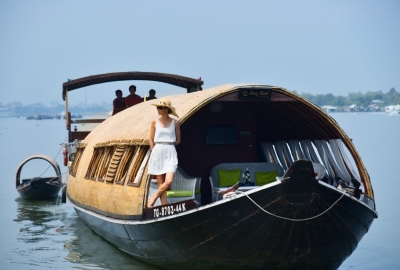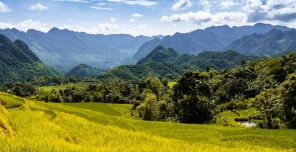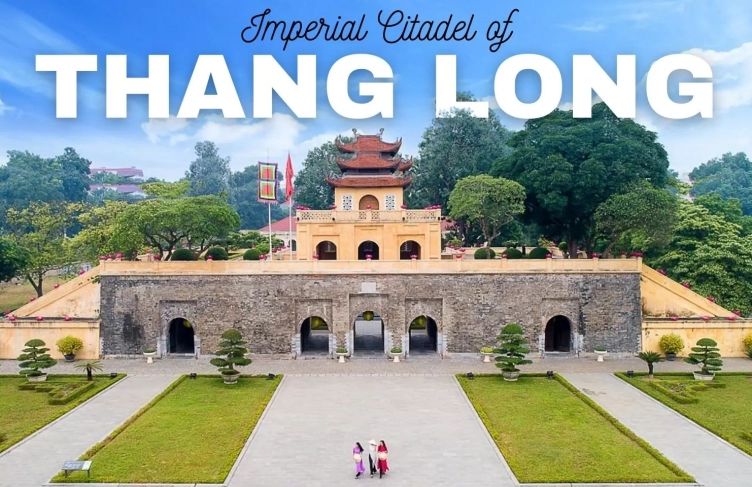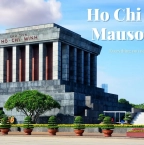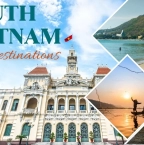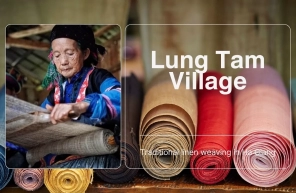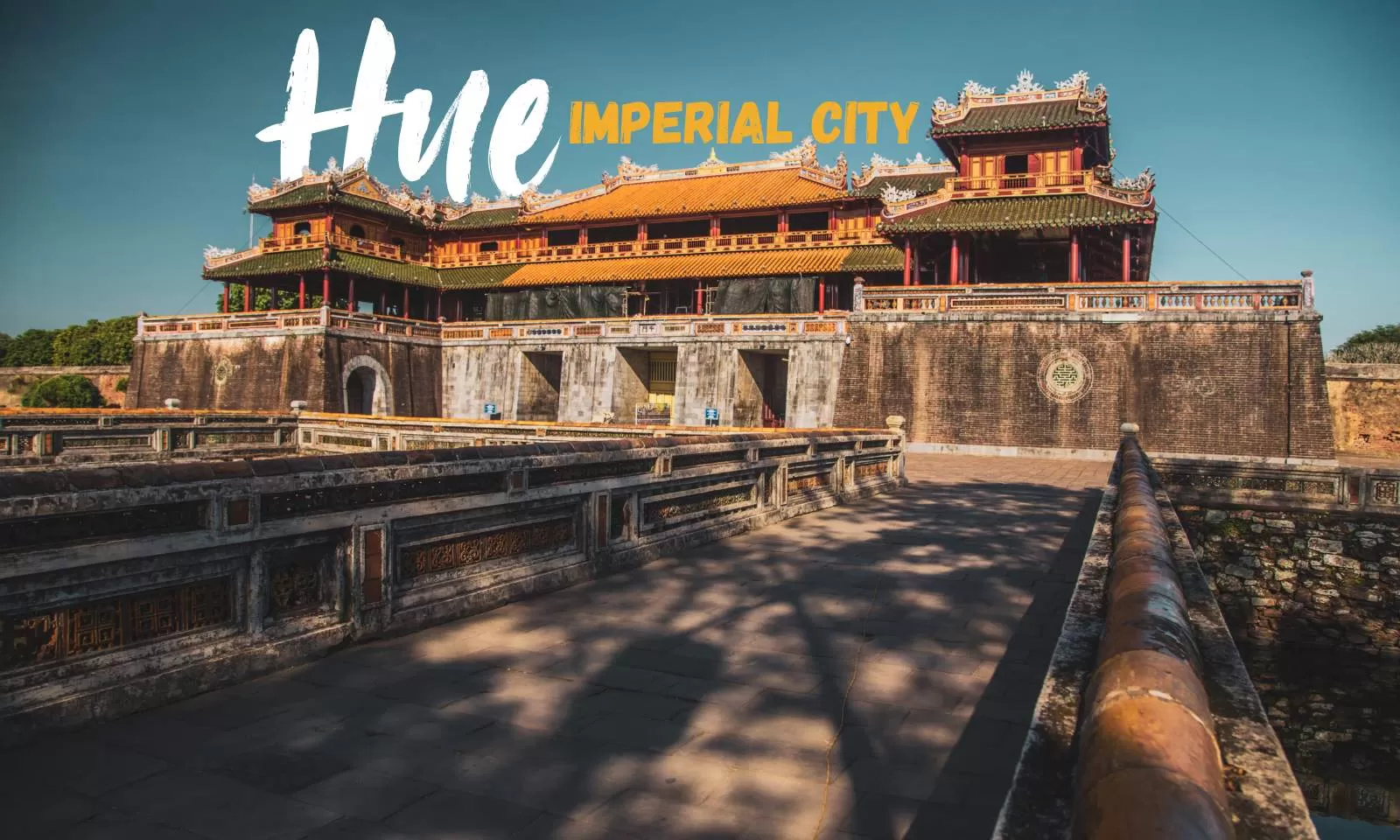
Discover Imperial city of Hue: A complete guide to visit
Step into Vietnam’s royal past as you explore the Imperial city of Hue. This complete guide helps you navigate its quiet charm, uncover key sights, and prepare for a visit filled with stories, details, and practical tips that make each stop more meaningful.

Hue is an important historical center of Vietnam, once the capital of the Nguyen dynasty, with many cultural heritages preserved intact. The Imperial city of Hue is the heart of this city, housing ancient architecture and unique historical values that attract many visitors each year. Exploring this place will help you better understand royal life and Vietnamese history through the details of its structures.
Visiting the Imperial city of Hue is not only a journey back in time but also an opportunity to discover the rich and distinctive culture of the ancient capital. You will have the chance to enjoy the ancient atmosphere and feel the connection between history and modern life.
Start your journey with Hanoi Voyages and experience the history and charm of Hue like never before.
Table of Contents
Visiting the Imperial city of Hue: An overview
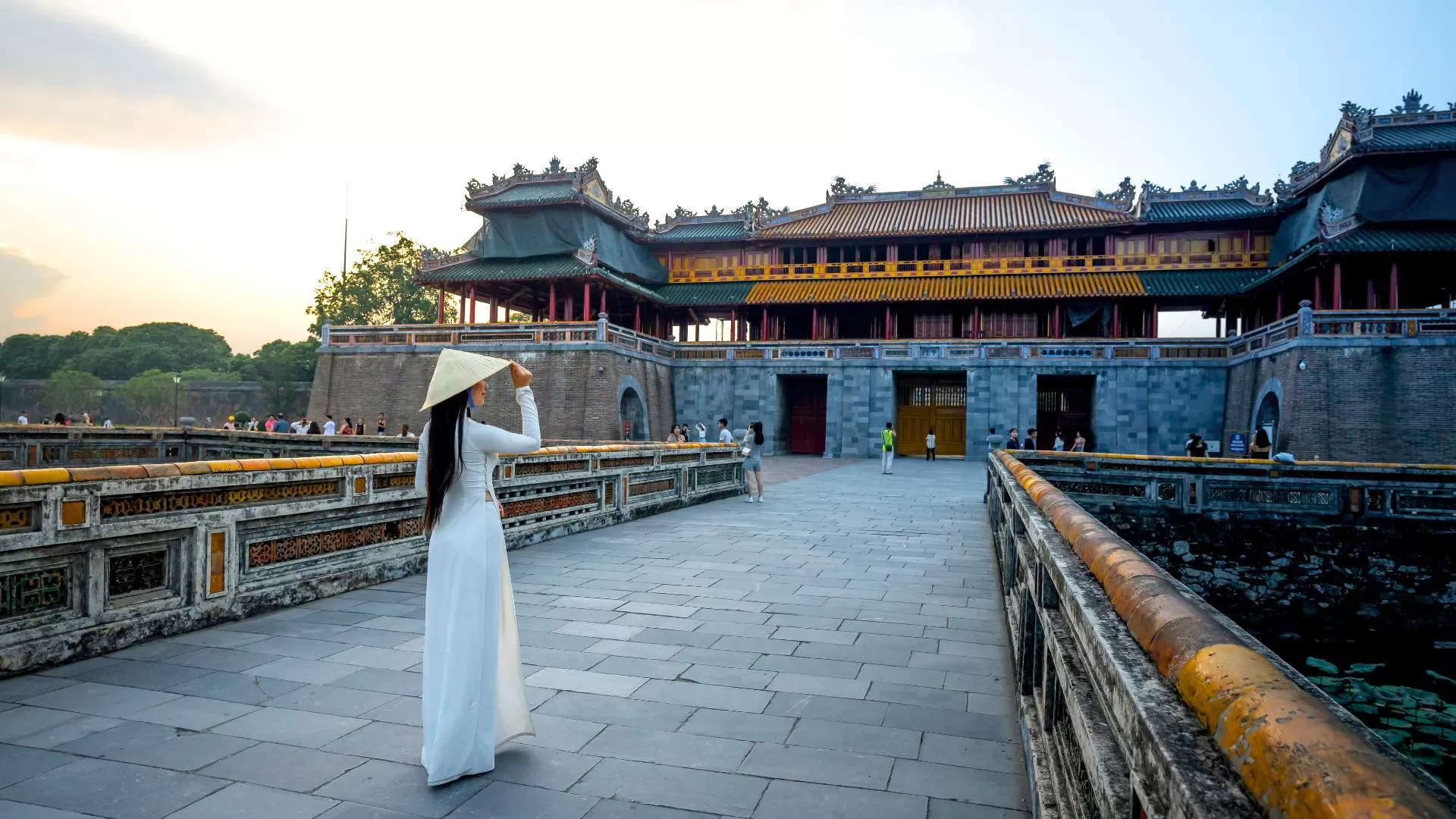
The Imperial city of Hue is one of Vietnam’s most iconic historical landmarks and a central part of the country’s royal legacy. Once the political and cultural heart of the Nguyen Dynasty, this ancient site stands as a testament to imperial architecture, court traditions, and national heritage. Travelers from around the world come here to step into the past and explore one of the most well-preserved royal complexes in Southeast Asia.
Introduction to Hue Imperial City
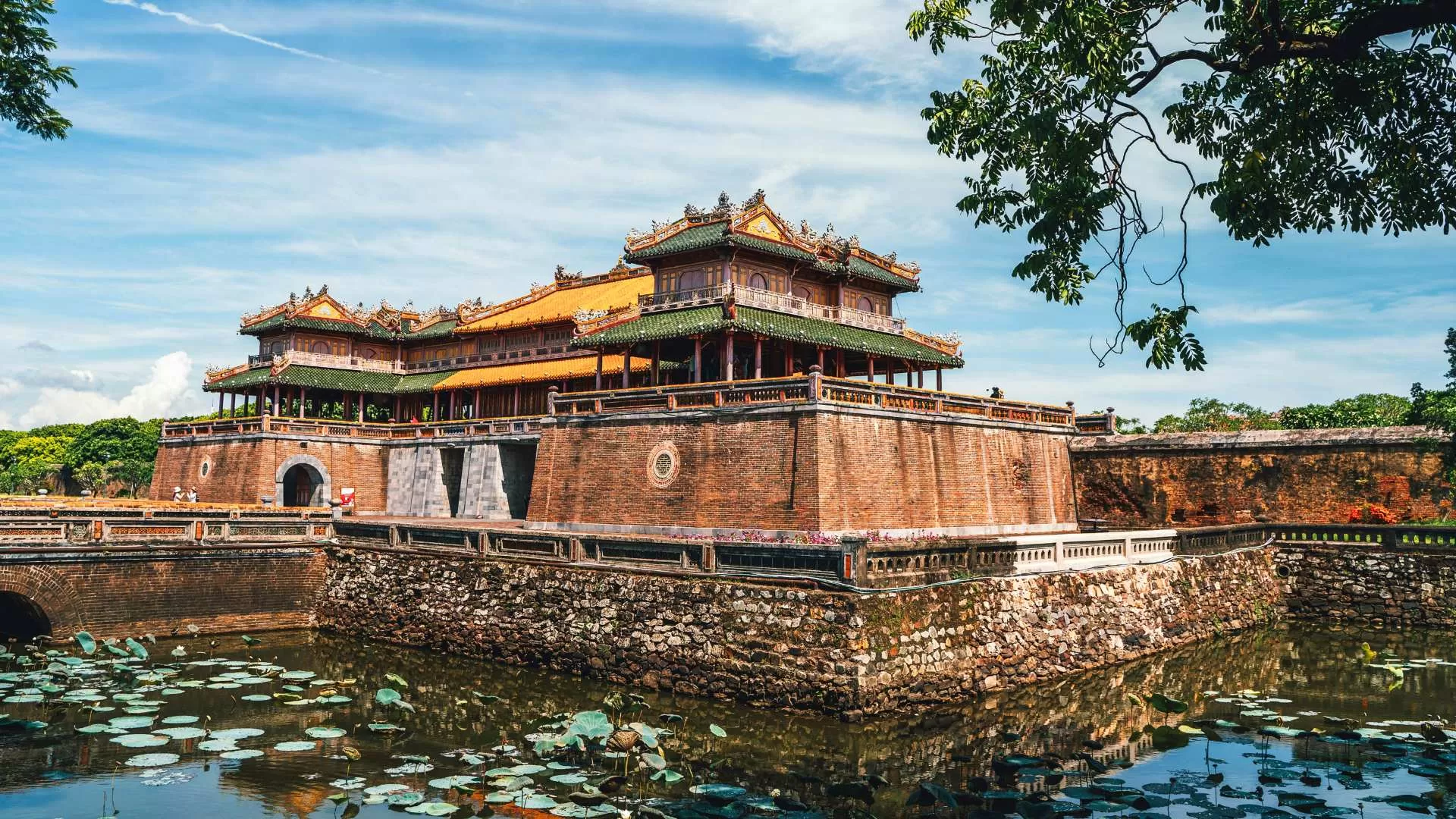
Located on the northern bank of the Perfume River in Thua Thien Hue Province, the Complex sits right at the center of the ancient capital of Hue. Enclosed within massive brick walls and surrounded by a wide moat, this rectangular citadel covers approximately 520 hectares. It consists of three main sections: the Outer Citadel (Kinh Thanh), the Royal City (Hoang Thanh), and the Forbidden Purple City (Tu Cam Thanh).
📍 Address: Thuận Hòa Ward, Hue City, Thua Thien Hue Province, Vietnam
⏰ Opening hours:
Summer (April to September): 6:30 AM – 5:30 PM
Winter (October to March): 7:00 AM – 5:00 PM
💸 Entrance fee (as of 2025):
Adults: 200,000 VND ($7.75)
Children (under 12): 40,000 VND ($1.55)
Tourists also have the option to use Hue Imperial City guide services for an additional cost of 150,000 VND per guide ($5.82).
History of Hue Imperial City
The history of Hue Imperial City began in the early 19th century when Emperor Gia Long, the founder of the Nguyen Dynasty, chose Hue as the capital in 1802. The construction of the complex took place from 1804 to 1833 and was inspired by Chinese feng shui principles and Vietnamese architectural traditions. For 143 years, Hue served as the administrative and ceremonial hub of the Nguyen rulers.
After the end of the monarchy in 1945, the site suffered from both neglect and wartime damage, especially during the Tet Offensive in 1968. Despite these setbacks, the Complex remains the most complete example of a feudal capital in Vietnam and has been a UNESCO World Heritage Site since 1993.
Best time to visit
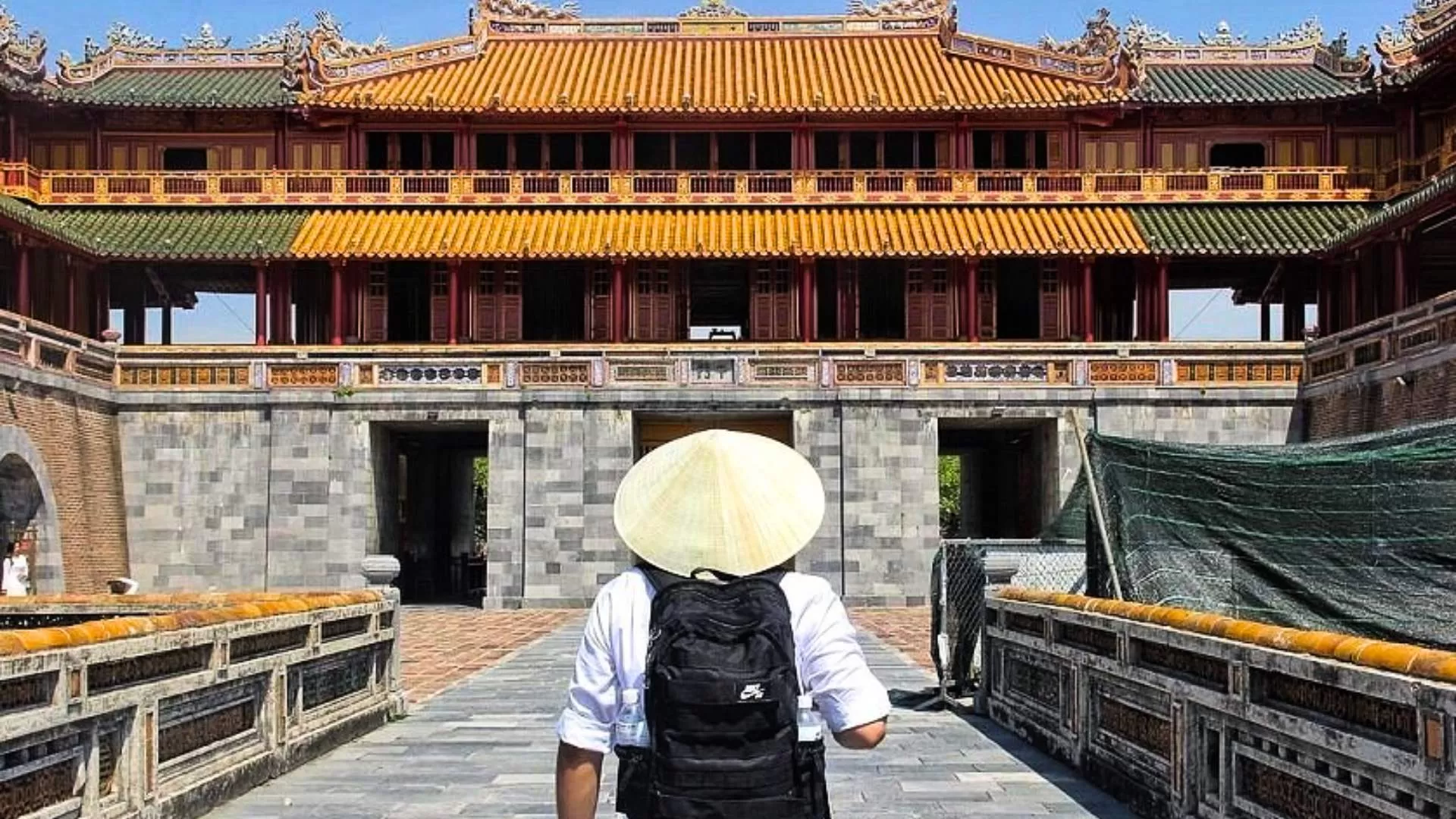
Hue has a tropical monsoon climate, with a distinct dry season and rainy season. The ideal time to visit the Imperial city of Hue is during the dry months from March to August, when the weather is warm and rain is minimal. If you prefer milder temperatures, January and February are good alternatives, though you might encounter occasional drizzles.
Avoid visiting from September to November, as this is the peak of the rainy season with higher chances of storms and floods, which may affect your travel plans and outdoor activities.
What to see inside the Imperial city of Hue
The Imperial city of Hue includes many remarkable buildings and ceremonial spaces that reflect the royal customs and governance of the Nguyen Dynasty. Here are the must-see highlights.
Ngo Mon Gate
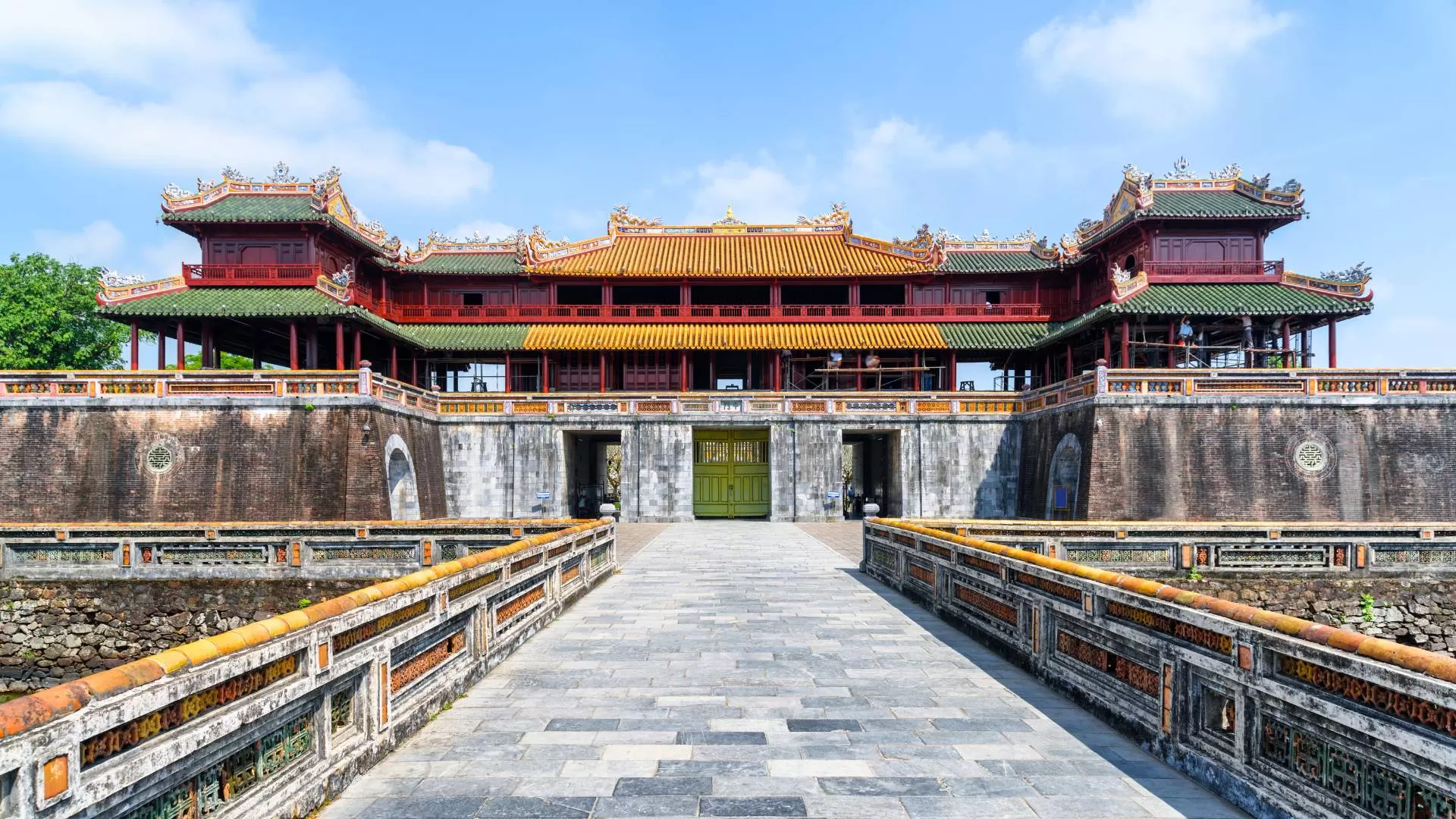
Ngo Mon Gate is the grand southern entrance to the Citadel, built during the reign of Emperor Minh Mang in 1833. This structure was reserved for the emperor and royal family. It has five gates and an upper pavilion known as "Lau Ngu Phung" (Pavilion of Five Phoenixes). The emperor used this space to review troops and attend major ceremonies.
The gate faces the Flag Tower and opens directly toward Thai Hoa Palace. It is one of the most photographed landmarks in the Hue Imperial City.
Thai Hoa palace
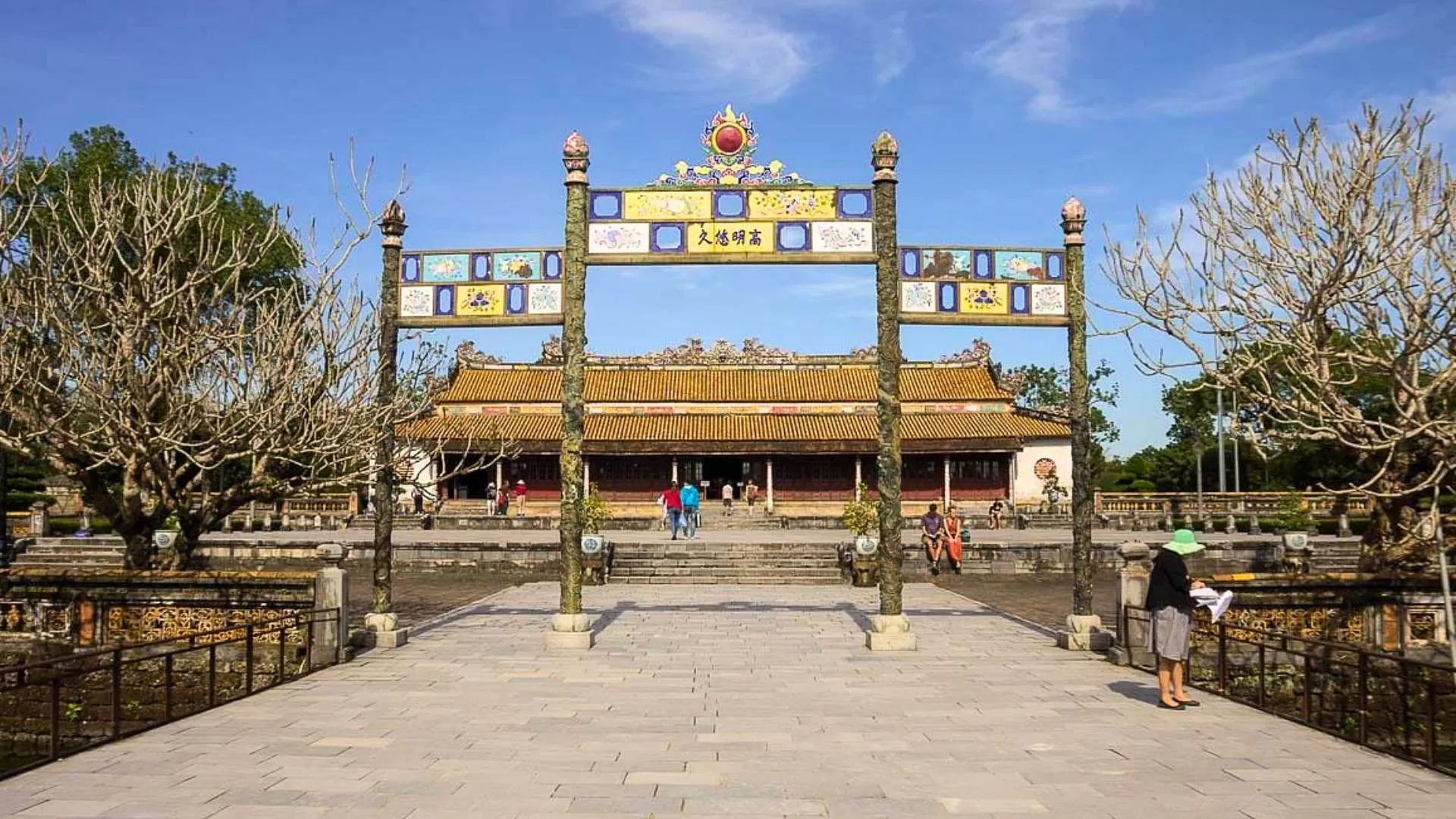
Located on the central axis of the complex, Thai Hoa Palace is one of the most important structures within the Imperial city of Hue. It was the venue for royal meetings, official receptions, and coronation ceremonies. The palace is known for its intricate design, with red lacquer columns, gold details, and imperial dragon motifs.
Inside, visitors can see the throne platform and preserved artifacts that give a clear sense of royal protocol and architecture.
💡 Note: Photography inside may be restricted; please check the on-site regulations
Forbidden Purple City
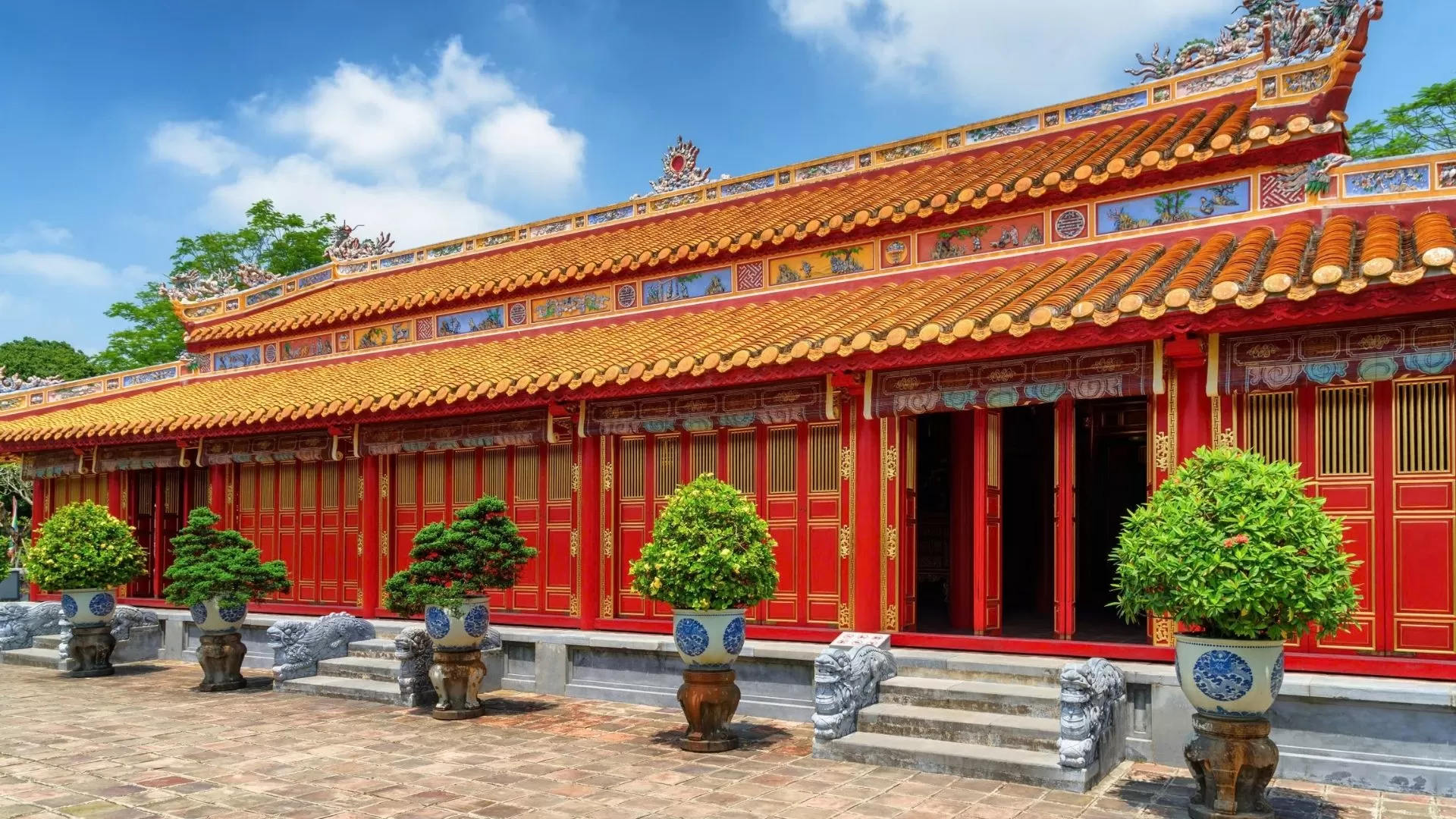 |  |
Also called Tu Cam Thanh, the Forbidden Purple City was the innermost section of the Citadel. Only the emperor, his family, and selected staff were allowed to enter. The area once featured dozens of halls, residences, and gardens, though many were destroyed during conflicts.
Today, visitors can walk through restored pathways and explore some reconstructed buildings that showcase life inside the Imperial city of Hue at its peak.
👉 Read more: Exploring Hue in 2-3 days: Must-visit attractions and travel tips
Exciting activities to experience at Hue Imperial City
Beyond its grand architecture and historical significance, Hue Imperial City offers a variety of immersive activities that help visitors experience the grandeur of Vietnam’s last royal dynasty in an unforgettable way.
Explore the Citadel by cyclo
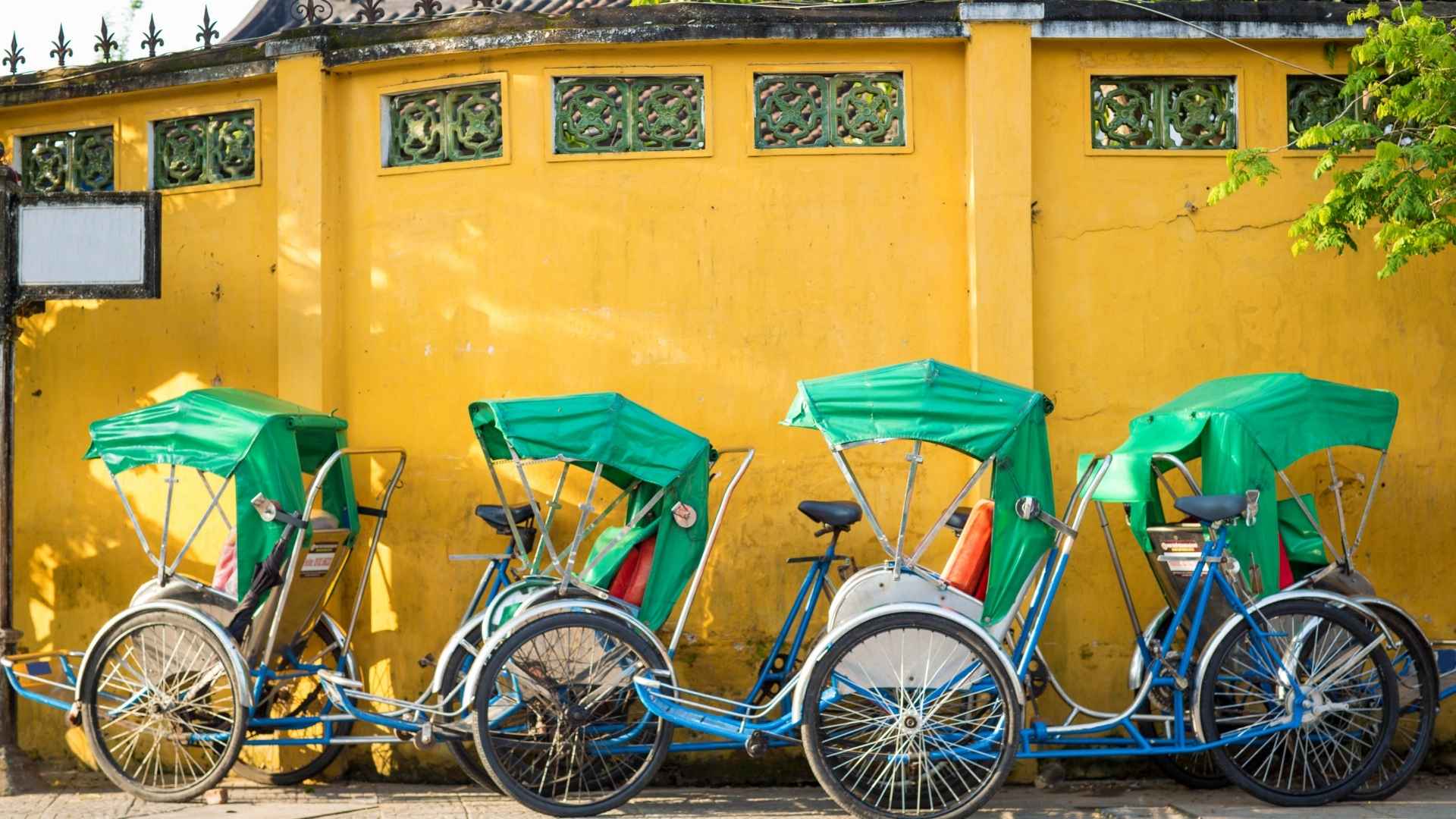
One of the most relaxing ways to explore the expansive grounds of the Hue Imperial Citadel is by riding a cyclo. These three-wheeled bicycle taxis were once a common mode of transport across the ancient capital of Hue, and today they provide a quiet, slow-paced journey through the Citadel's wide walkways.
Hiring a cyclo for a one-hour tour gives you a chance to admire the outer walls, cross through ancient gates, and stop at important spots such as Ngo Mon Gate and Thai Hoa Palace. Local drivers often double as informal guides, sharing personal stories or brief historical facts along the route.
Watch traditional royal ceremonies

During holidays or special events, you might witness royal processions or guard-changing rituals inside the Citadel. These performances recreate ceremonies once held for Nguyen emperors.
The guards wear detailed replicas of royal military uniforms and follow choreographed routines that reflect court discipline. The setting inside the Imperial city of Hue adds authenticity and creates a vivid connection to its ceremonial past.
Enjoy court music at Duyet Thi Duong royal theater
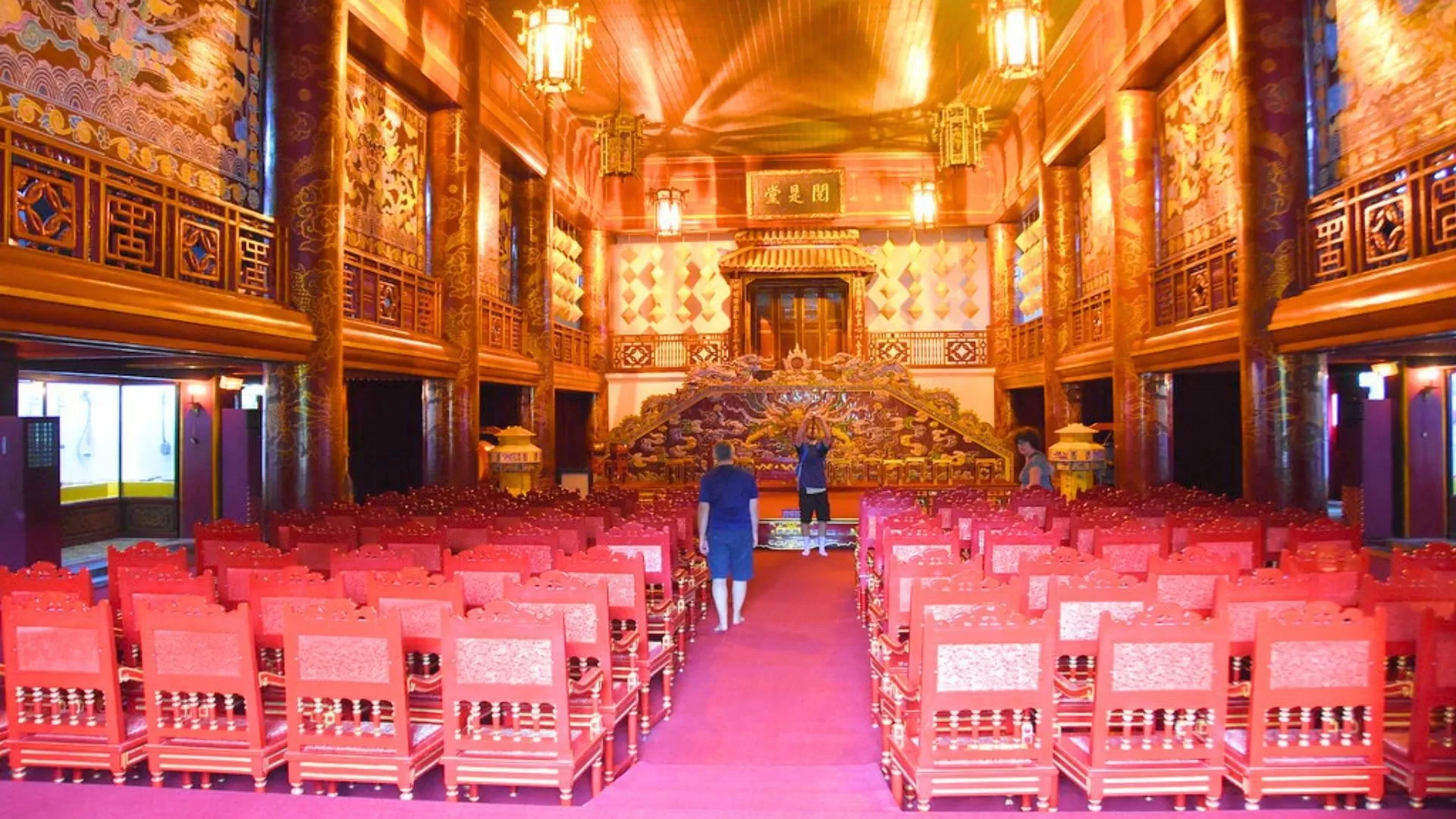 | 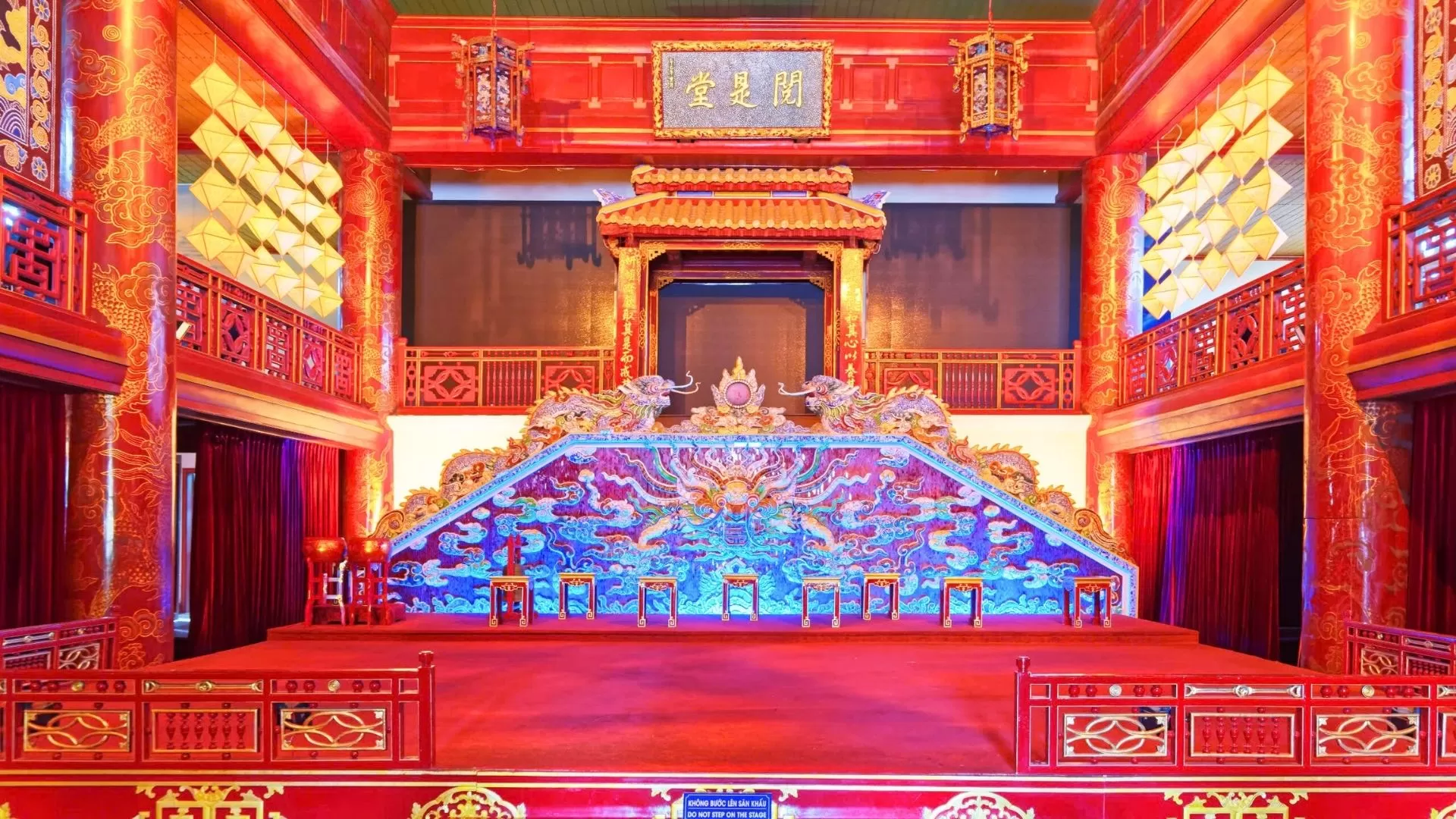 |
Court music, or “Nha Nhac,” is a highlight of Hue’s royal legacy and recognized as a UNESCO Intangible Cultural Heritage. You can enjoy live performances at Duyet Thi Duong, the oldest royal theater in Vietnam, located inside the Citadel.
Today, it hosts regular shows featuring traditional instruments like the đàn nguyệt (moon lute), đàn nhị (two-string fiddle), and various percussion instruments. The musicians wear formal attire used during the Nguyen Dynasty, and the program typically includes dances, vocal music, and instrumental pieces.
Visit the Imperial City at night
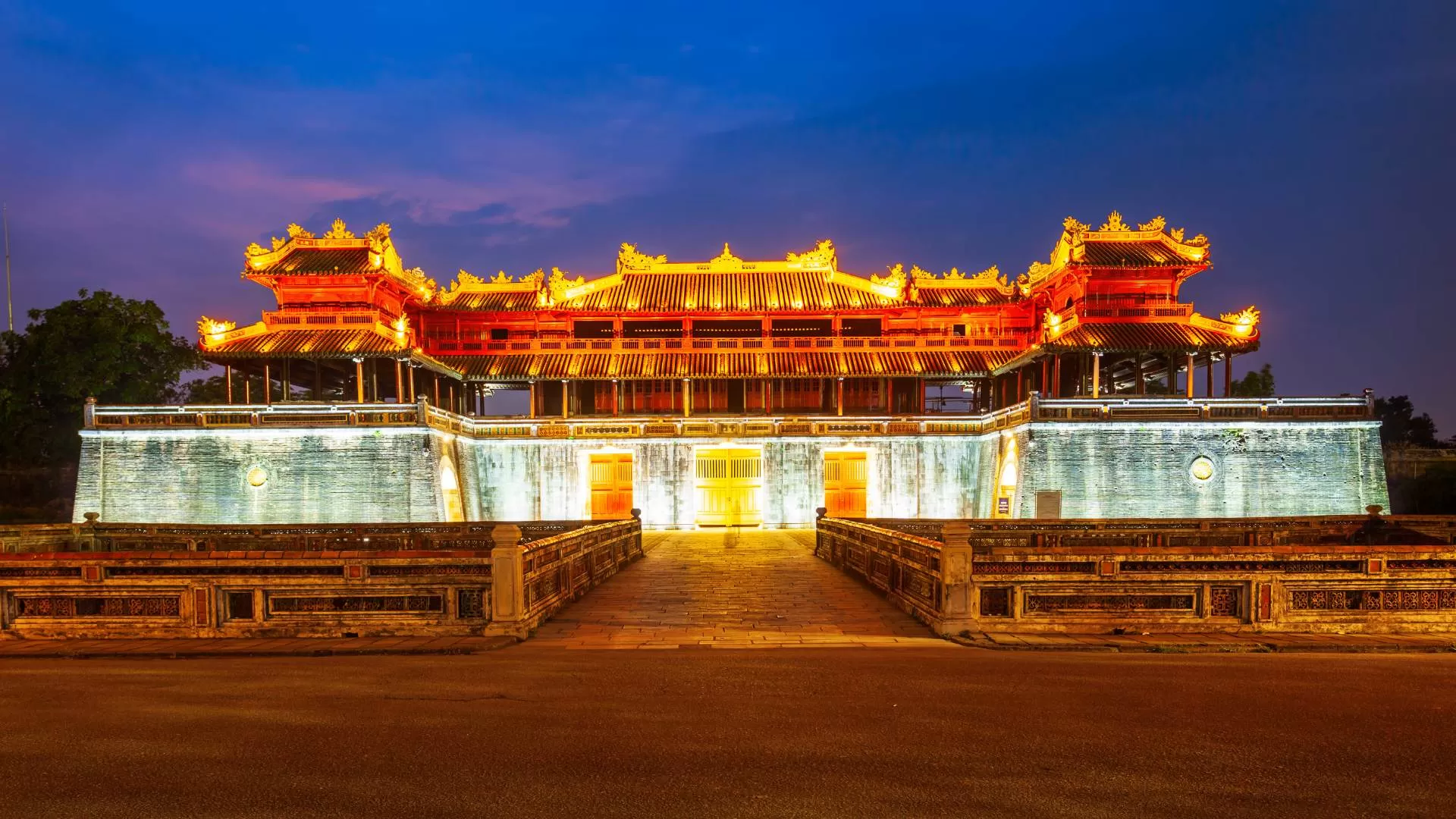
Experiencing the Imperial city of Hue after sunset offers a completely different atmosphere. The grounds are gently illuminated with lanterns and spotlights, casting warm reflections over the moats and highlighting the architectural details of palaces and gates.
It’s an excellent time for quiet walks and photos, without the heat or daytime crowds. On select nights, there may be folk music or calligraphy shows. Night visits usually run until 10:00 PM, with tickets available at the main gate.
Hanoi Voyages offers expertly crafted tours to Hue, guiding you through the Imperial city of Hue and its surroundings for an insightful and well-organized experience. CHOOSE AN IDEA and we'll craft your journey together:
If you want to explore Hue on your private tour, Hanoi Voyages also offers tailor-made itineraries to create the perfect trip for you. Contact us now! |
Important travel tips for visiting the Imperial city of Hue
Visiting the Imperial city of Hue requires some preparation to ensure a smooth and enjoyable experience. This section covers essential advice on how to get there, dress appropriately, explore nearby attractions, and other practical tips for first-time visitors.
How to get to Hue Imperial City
The Imperial city of Hue is located in the heart of Hue city and is accessible by various transportation methods:
By plane: Phu Bai International Airport is about 15 kilometers from the city center. Regular flights connect Hue with Hanoi, Ho Chi Minh City, and Da Nang. From the airport, you can take a taxi or shuttle bus to the Citadel.
By train: Hue is on the North–South railway line, making it easy to reach by train from major cities. The train station is about 3 kilometers from the Imperial City.
By bus or car: Many buses operate between Hue and nearby cities like Da Nang and Hoi An. Traveling by car or motorbike is also common for those who prefer more flexibility.
Once in Hue, taxis, cyclos, and motorbikes are convenient for getting to the Ngo Mon Gate, the main entrance of the Imperial city of Hue.
Dress code and etiquette
Respect for the cultural and historical significance of the Imperial city of Hue is important:
Dress modestly. Avoid shorts, sleeveless tops, and revealing clothing, especially when visiting temples and royal buildings.
Maintain a quiet and respectful demeanor. Loud talking, running, or disruptive behavior should be avoided.
Photography is permitted in most areas but not inside certain buildings or exhibits. Always check for signs or ask guides before taking photos.
Follow the designated paths and do not climb on the walls or structures to protect this heritage site.
Other attractions near the Imperial city of Hue
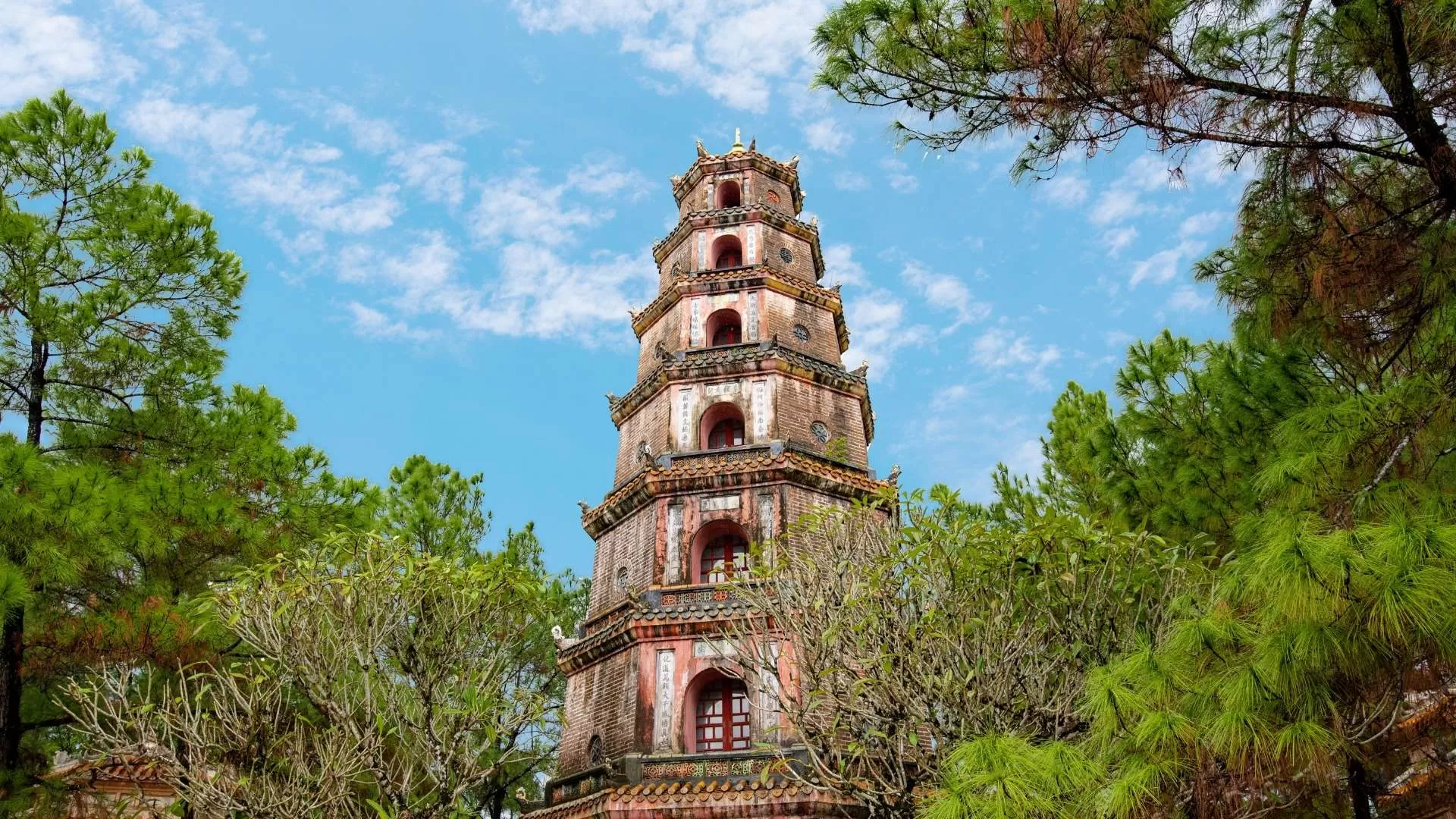 | 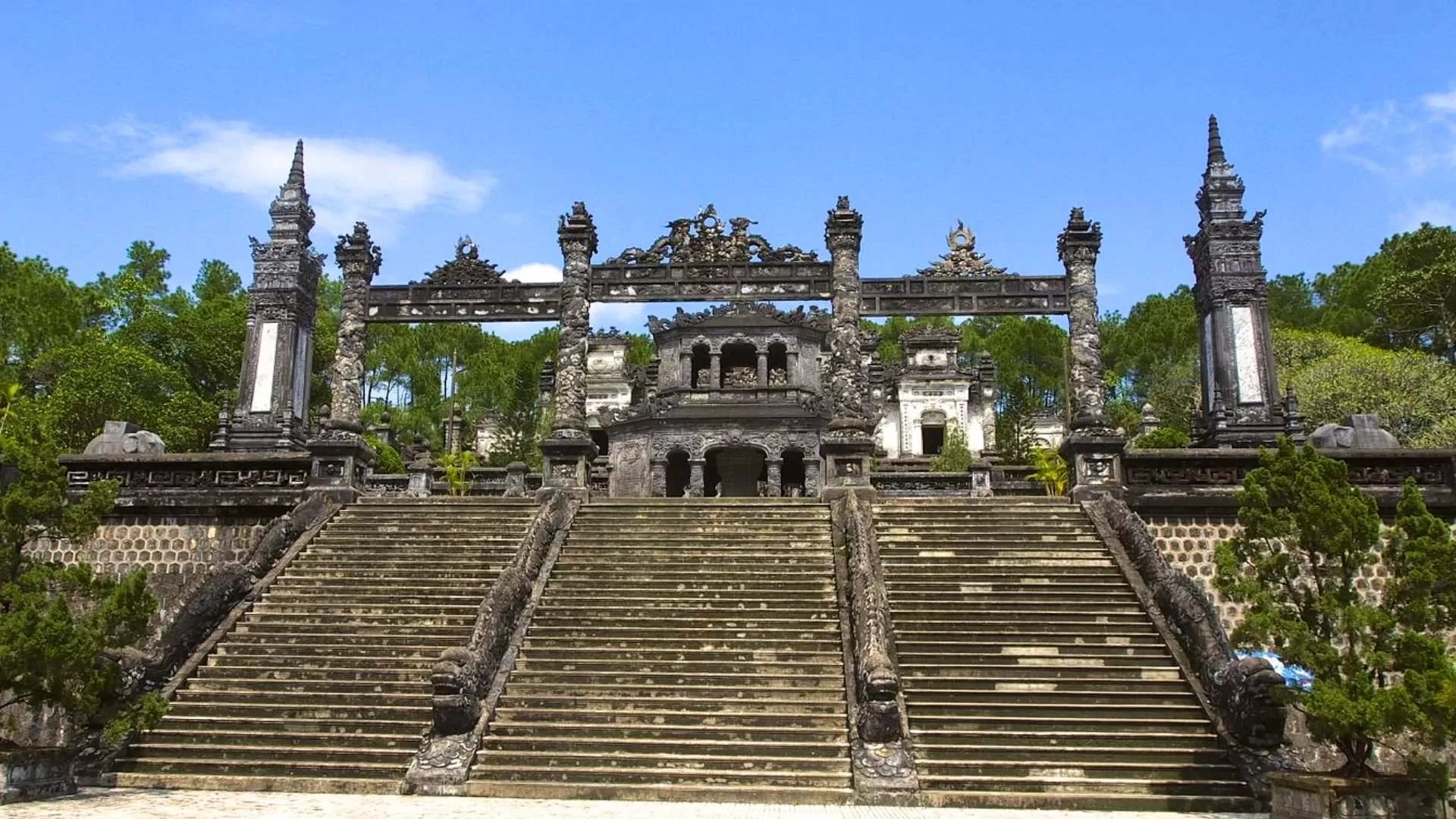 |
|---|
After exploring the Hue Imperial City, consider visiting these nearby places to enrich your trip:
Thien Mu Pagoda: A historic Buddhist temple located on the Perfume River, about 3 kilometers west of the Citadel.
Tombs of the Nguyen Emperors: Including the elaborate mausoleums of Khai Dinh, Tu Duc, and Minh Mang. These sites showcase unique architecture and tranquil gardens.
Dong Ba Market: The largest market in Hue city, ideal for sampling local food, buying souvenirs, and experiencing daily life.
These attractions are accessible by taxi, bicycle, or organized tours.
👉 You can read more:
Practical tips for first-time visitors
Arrive early in the morning to avoid the crowds and midday heat.
Bring a hat, sunscreen, and bottled water, especially during the dry season.
Wear comfortable walking shoes since the complex is large and involves a lot of walking.
Hiring a local guide can provide valuable insights into the history of Hue Imperial City and its many structures.
Plan at least 3 to 4 hours for a thorough visit, allowing time for rest and photography.
Check the weather forecast and prepare accordingly, as heavy rains can occur during the wet season.
Hue is a city steeped in history, offering a rare window into Vietnam’s royal legacy. The Imperial city of Hue stands as a testament to this rich past, inviting visitors to explore its grand architecture, detailed royal structures, and centuries-old traditions that still echo through its walls. With thoughtful planning and the right support, your journey can be both meaningful and memorable.
Let Hanoi Voyages accompany you in discovering the very best of Hue, making your trip not only smooth but truly worth remembering.
Dream about your trip to Asia, in private
We are here to make it happen with youFREE QUOTE, WITHOUT OBLIGATION







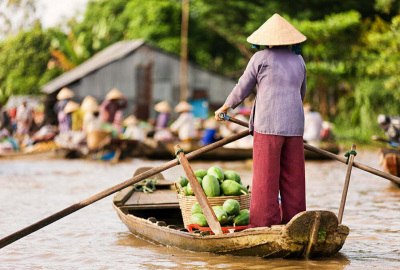
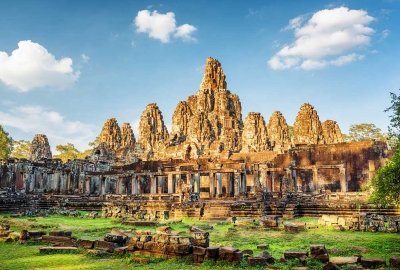
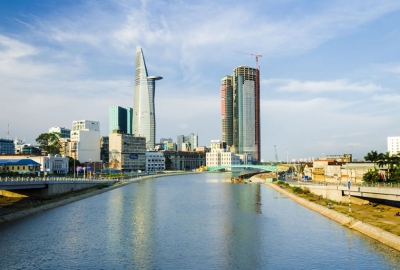
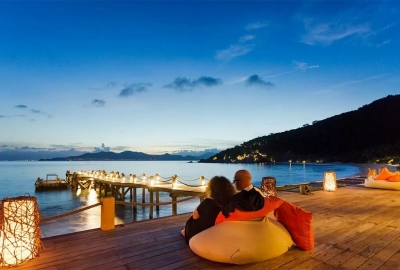


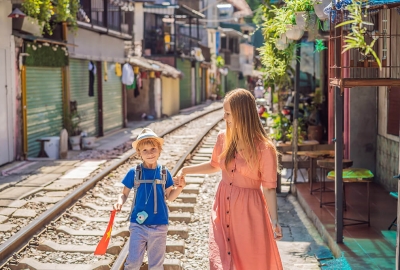

.webp)
